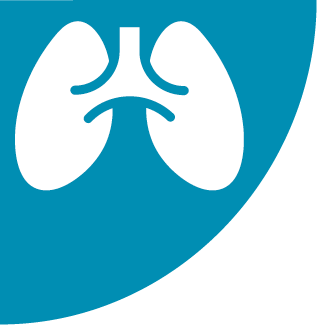NEWSWATCH
SILICA

AIHA Briefs Congressional Staffers, Media on Protecting Workers from Silica Dust
On Feb. 15, AIHA briefed members of Congress, congressional staffers, reporters, and others on Capitol Hill about the dangers of respirable crystalline silica and the protections provided by OSHA’s recent final rule. AIHA CEO Larry Sloan, CAE, introduced the event’s speakers, which included AIHA Past President Daniel H. Anna, PhD, CIH, CSP, and former Assistant Secretary of Labor for OSHA David Michaels, PhD, MPH, who is also a professor in the Department of Environmental and Occupational Health at the Milken Institute School of Public Health of George Washington University.
Also addressing the briefing were three members of the U.S. House of Representatives: Joe Courtney, D-Conn., Carol Shea-Porter, D-N.H., and Darren Soto, D-Fla.
OSHA’s final rule sets a new permissible exposure limit (PEL) for respirable crystalline silica of 50 micrograms per cubic meter of air calculated as an eight-hour time-weighted average. Under the new rule, employers are required to use engineering controls to limit worker exposure to the PEL, provide respirators when engineering controls cannot adequately limit exposure, and limit worker access to high exposure areas.
The process of developing the current rule began nearly two decades ago. Rep. Courtney described the rule, which was issued last year, as “the absolute poster child of the OSHA problem.”
“Despite the fact that methods of production in America’s economy change all the time … the system to protect the people who actually have to do the work has just never kept up with it,” Rep. Courtney said.
Anna’s presentation sought to help those at the briefing understand the role of industrial hygienists and other OHS professionals in keeping workers healthy and safe on the job. He discussed the occupational hazards of silica dust, highlighting OSHA’s estimate that 2.3 million U.S. workers are exposed to respirable crystalline silica. That estimate includes approximately two million construction workers and 300,000 workers in general industry operations such as brick manufacturing, foundries, and hydraulic fracturing.
OSHA went through approximately 34,000 pages of documents, including testimony and submissions, during the rulemaking process for its silica rule.
Michaels provided further insight on the development of OSHA’s silica rule, noting that the agency went through 34,000 pages of documents, including testimony and submissions, during the rulemaking process.
“The reason [for the high volume of documents] is that the requirements to issue a standard are very high,” Michaels explained. “Everything that OSHA will require has to be economically and technologically feasible to every type of industry covered.”
OSHA estimates that, when fully effective, the new final rule will save more than 600 lives and prevent more than 900 new cases of silicosis annually. Rep. Shea-Porter called on the Trump administration and others to protect OSHA’s rule so that “those 600 people can enjoy their families and so that others don’t have to suffer.”
The event was cosponsored by the American Association of Occupational Health Nurses (AAOHN), the American College of Occupational and Environmental Medicine (ACOEM), the American Board of Industrial Hygiene (ABIH), the American Society of Safety Engineers (ASSE), and the Board of Certified Safety Professionals (BCSP). Anna noted that, collectively, AIHA and these organizations represent more than 60,000 occupational and environmental health and safety professionals.
AIHA produced a live-stream of the event via Twitter, and Twitter users
joined
the conversation through social media by using the hashtag #SilicaBriefing
.View AIHA's Congressional Silica Briefing (run time: 57:49)

